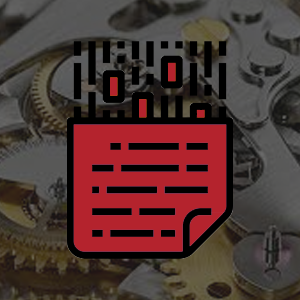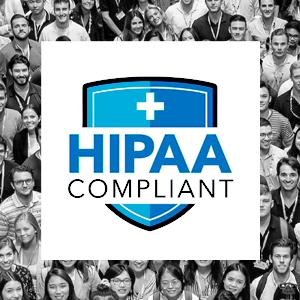Advantages and disadvantages of OCR over human data entry
Manual data entry has always been tedious and error-prone. With the introduction of smart software solutions like Optical Character Recognition (OCR), which electronically converts text into data, you can efficiently concentrate on strategic decisions and tasks.
 Manual data entry has always been tedious and error-prone. With the introduction of smart software solutions like Optical Character Recognition (OCR), which electronically converts text into data, you can efficiently concentrate on strategic decisions and tasks.
Manual data entry has always been tedious and error-prone. With the introduction of smart software solutions like Optical Character Recognition (OCR), which electronically converts text into data, you can efficiently concentrate on strategic decisions and tasks.
Compared to human intelligence, adaptive intelligence helps save time and money. A basic OCR solution helps fill in the blanks and finishes the scanned document, even if the scan comes out blurry. The best OCR tools combine accurate, intuitive scanning to fix mistakes. With increased speed and accuracy, OCR will bring terrific advances in the way we work and the way things work for us. OCR revolutionizes aspects of our daily lives in several ways, like reading passports, driver’s licenses, and other forms of personal identification, and can process check-in and immigration procedures more quickly. OCR removes the need for duplicate documents in hard copies; stacks of receipts, records, and other paper documents can be converted to data. The server space for that is sufficient for data storage. For organizations seeking to go as paperless as possible, OCR helps you get there. A USB storage device can carry an entire office's worth of data. Better yet, it can be stored in the cloud, and accessible by multiple authorized devices, anywhere there’s an Internet connection.
Security, in OCR, is much better than a desk drawer and a tiny key. To access it illegally, one has to locate the digital files and devise an incredibly smart way of getting at them, copying or moving, or decrypting them. Cloud-based services often use an encryption key to encode data. Without the key, the data is useless gibberish.
OCR also helps in cutting costs for copying, shipping, printing, and manually filing and retrieving records. Storing and digitizing valuable data on secure servers and distributed systems allows for quick retrieval of everything.
However, instead of putting 100% trust into the OCR-only system, it’s better to work in harmony with human input for these advantages of human data entry:
Accuracy: When a scan is bad, it looks like a jumble of nonsense letters. An average of 99.9% accuracy is guaranteed by OCR until the mission is accomplished; however, this is due to the coordinated usage of artificial intelligence and data entry operators -- real people. At times, even cosmetic factors play a role in the number of errors; for example, the font, text clarity, and type of document can all affect the number of errors. Such errors include misreading or skipping letters, failing to see where words break, and combining text from one area incorrectly with nearby text. OCR does not possess the human ability to make educated guesses.
Clogs Up Data: OCR is often filled with errors as accuracy depends on the quality of the photo or document captured on your phone. Then humans get to clean up the mess and add what’s missing. There are different styles, creative fonts, and different grades of paper or plastic for business cards, which OCR is not very good at handling, sometimes leading to hassles. OCR could be used along with other systems such as auto-translate to digitize, process, and catalog documents, quickly and with minimal effort.
For now, OCR needs human assistance, but after decoding, they will provide the output. The desire to bridge the gap between human-in-the-loop workflows (HITL) is an attempt to find out how different future people might deal with work from different perspectives. The act of automating repetitive and mundane tasks allows organizations to free up human resources to focus on tasks that require thought and creativity.
Though the paranoia that technology will take our jobs away is real, the numbers mentioning them aren’t quite as bad as they may seem. According to a 2017 survey, 26% of the people interviewed expected that they would lose their jobs within 20 years due to advancements in technology. In the future, workers previously tasked with lifting and stacking heavy objects will search for a job that has a focus on automation and robotics where they will benefit from the results. As technology progresses and tasks become easier, informing people on the benefits of technology has had a significant positive impact. Just get the best of both worlds by combining human power and software power!
WestFax offers several OCR options for your fax automation workflow. Reach out to us today at 800-473-6208 or sales@westfax.com to learn more.


